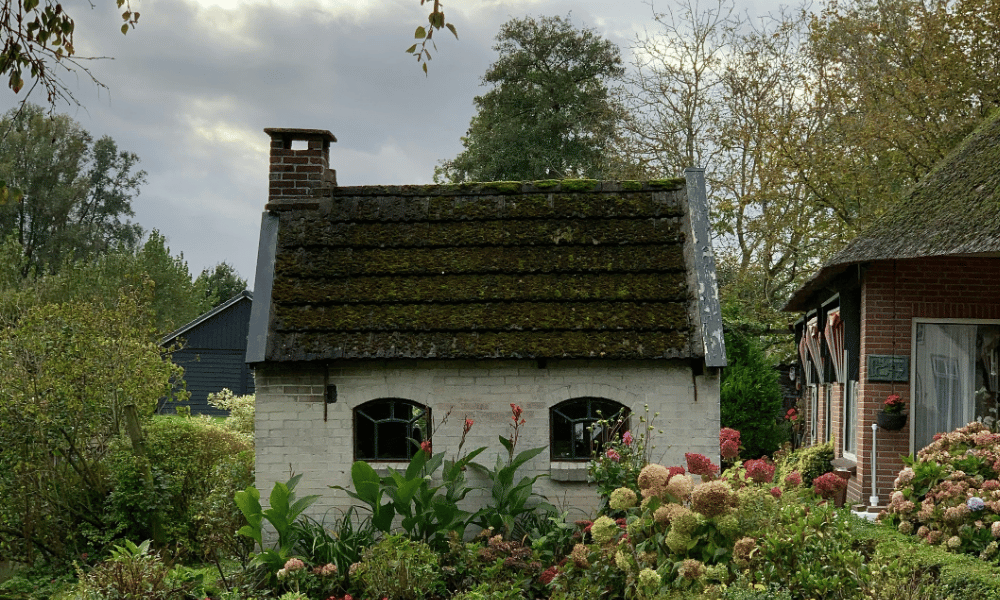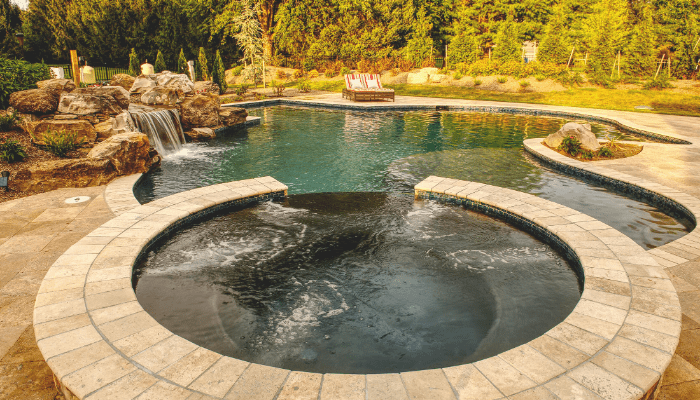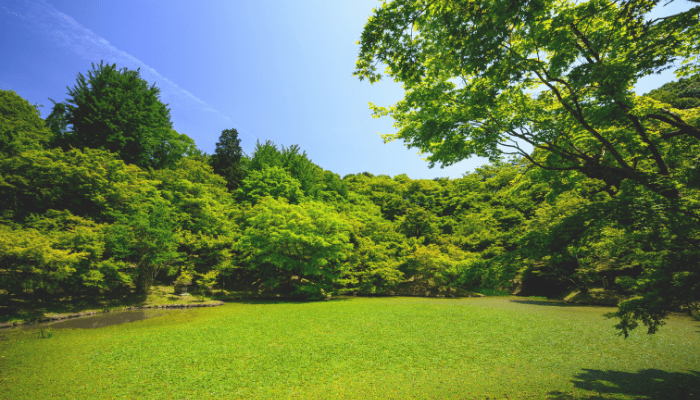Key Takeaways
- A strong front yard design improves curb appeal and adds home value
- Use symmetry, flow, and layering to guide the eye to the entrance
- Mix trees, shrubs, hardscape, and lighting for structure and impact
- Choose drought-tolerant and native plants for lower maintenance
- Avoid overplanting and poor drainage around the house
- Use containers and lighting to enhance small spaces
- Think seasonally for year-round visual interest
- Start with simple upgrades like edging, mulch, and walkway design
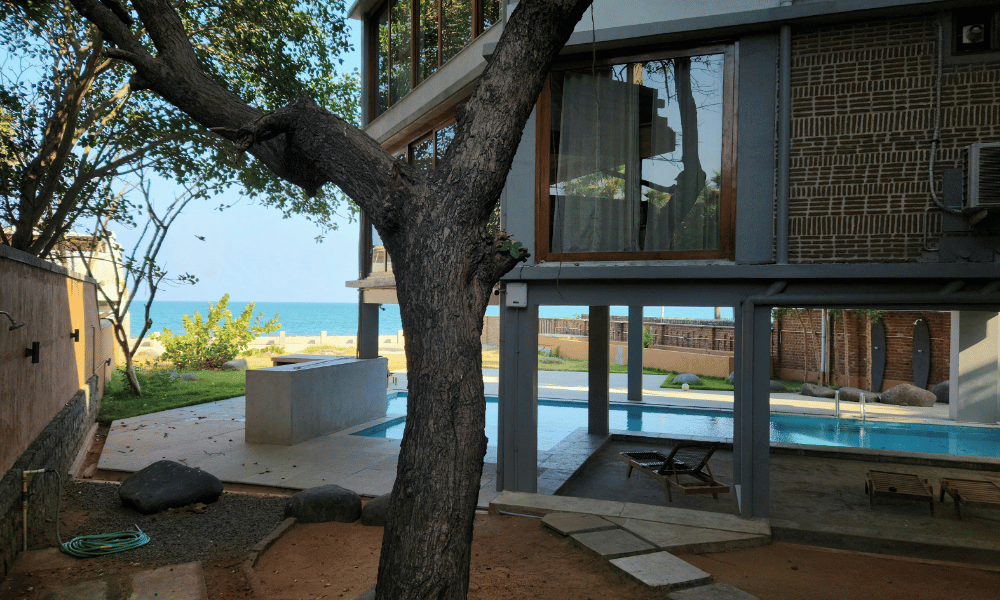
Landscaping your front yard can boost your home’s value by up to 12%, and your neighbor’s envy by 100%.
It’s the first thing people see. Not your new windows. Not the tile you obsessed over. It’s your front yard. Your landscape design either invites people in… or makes them quietly hope the inside looks better.
And the thing is, you don’t need a landscape architect, ten grand, and a truckload of slate to make it look polished.
You need a plan. You need to understand how space, symmetry, scale, and low-maintenance plants work together. And you need to avoid rookie mistakes like putting a boxwood hedge in a spot that gets fried all summer.
In this guide, I’ll show you how to design a front yard that’s smart, functional, and actually doable, whether you’re working with a suburban lawn, a city postage stamp, or something in between.
Let’s turn “meh” into magazine-worthy. Without the magazine budget.
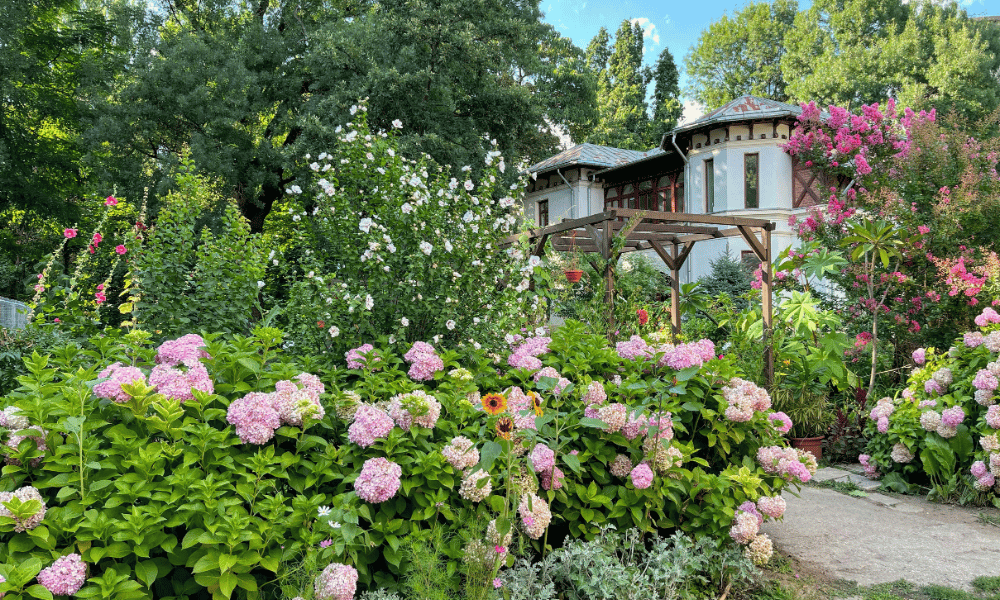
Why Front Yard Design Matters
Your front yard is the handshake of your house. It sets the tone before anyone rings the bell. Whether you’re selling, staying, or just sick of explaining that “it’s a work in progress,” smart landscaping makes a real difference.
Curb appeal isn’t just for real estate listings. It’s for coming home and thinking, this place feels good. A well-designed front yard adds value, reduces maintenance headaches, and makes every arrival feel intentional.
Key Principles of Front Yard Landscape Design
Balance and Symmetry
If your house has a formal or traditional layout, mirror that in your landscape. Symmetry creates a sense of order. You don’t need to clone every plant on both sides, but align key elements like lighting, planters, or path lines.
Flow and Framing
Design should guide the eye and the feet to your front door. Think of shrubs or trees as visual arrows. Don’t block sightlines with oversized plants. Instead, use curved borders, layered heights, or lighting to frame your entryway.
Layering and Depth
The front yard shouldn’t feel flat. Use a tall backdrop, medium-height fillers, and low edging to create visual rhythm. Example: tall grasses or shrubs behind blooming perennials, anchored by groundcover or mulch at the base.
Scale and Proportion
A tiny walkway leading to a massive door feels off. So does a giant boulder next to a skinny driveway. Match plant size and hardscape dimensions to your home’s scale. Bigger isn’t always better. It just needs to fit.
7 Best Landscape Design Ideas for the Front of House
1. Defined Walkway with Border Plants
Create a clear, welcoming path to your door. Use stone, brick, gravel, or pavers. Line it with soft, low-maintenance plants like lavender, ornamental grasses, or creeping thyme. Bonus: it feels structured without feeling stiff.
2. Small Tree with Underplanting
Anchor your front yard with a statement tree. Think Japanese maple, crepe myrtle, or dogwood. Underplant with shade-tolerant perennials like hosta or ferns to soften the base and prevent that “lonely tree in a lawn” vibe.
3. Drought-Tolerant Garden Bed
Skip the thirsty lawn and go for climate-smart plantings. Use mulch, native shrubs, and perennials like salvia, yarrow, and sedum. Add rocks or gravel for texture. Less watering, more admiring.
4. Lawn Alternatives
Lawns are fine, but not required. Replace part (or all) of it with clover, creeping Jenny, or even pea gravel with potted plants. It looks modern and saves you from spending every weekend pushing a mower.
5. Mixed Material Hardscaping
Don’t be afraid to mix stone, wood, and steel in walkways or retaining walls. This adds contrast and interest without relying on plants alone. Bonus: no watering required.
6. Front Porch Garden or Containers
No yard? No problem. Use large pots with bold arrangements near your steps or porch. Group them in odd numbers. Change seasonally. Instant charm with zero digging.
7. Lighting for Drama and Safety
Landscape lighting isn’t just practical, it makes your house glow. Uplight small trees, edge the path, or backlight architectural plants. It adds safety and makes your home feel finished even at night.

Common Mistakes to Avoid
- Overplanting: That cute little shrub will grow. Fast. Give everything space.
- Wrong plant, wrong place: Full sun means full sun. Don’t argue with nature.
- Ignoring year-round interest: Spring is easy. What does your yard look like in February?
- Bad drainage: Water pooling near the foundation is a silent killer. Grade slopes away.
- No focal point: If everything stands out, nothing does. Pick one hero plant or feature.
Low-Maintenance Landscaping Tips
- Use mulch like it’s free. It prevents weeds, retains moisture, and makes everything look intentional.
- Pick native plants. They’re built for your climate and are way less needy.
- Go for fewer, larger planting beds. Easier to maintain than a million small ones.
- Install drip irrigation. It’s lazy in the best way.
- Choose plants that don’t demand constant pruning or pest control.
Budget Landscape Design Tips
- Start with edges: Define borders with stone, brick, or metal edging. Instant polish.
- Use what you’ve got: Clean up overgrown areas before replacing them.
- Buy small plants: They cost less and grow faster than you think.
- Reuse materials: Bricks, pavers, even old lumber can be repurposed for charm.
- Divide and conquer: Split perennials and transplant them around your yard.
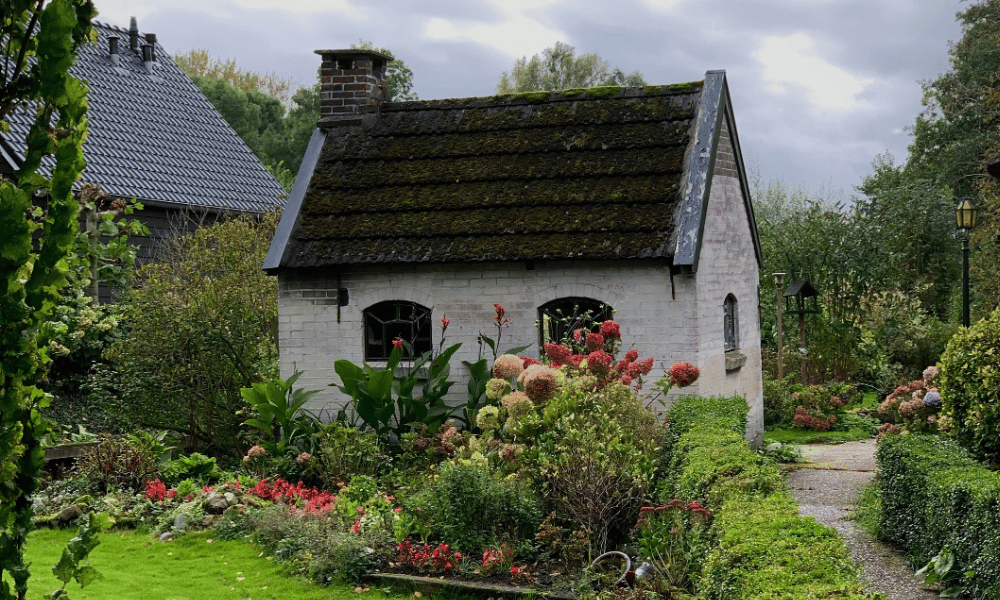
Seasonal Touches for Year-Round Appeal
- Winter: Evergreens, berries, and grasses that hold structure
- Spring: Bulbs like tulips, daffodils, and hyacinths
- Summer: Layered perennials and flowering shrubs
- Fall: Ornamental grasses, mums, and trees with bold foliage
Don’t aim for perfection in one season. Aim for balance across the year.
Conclusion
The best front yard landscapes don’t just look good, they work hard behind the scenes.
They guide the eye. They direct foot traffic. They survive summer heat and winter gloom. They make your home look intentional, not like you ran out of mulch halfway through.
Whether you’re chasing curb appeal, resale value, or just want your home to stop looking like a builder-grade blank canvas, design matters.
Start with structure. Layer in plants that thrive, not just survive. Think about how the space feels from the street, not just how it looks in a photo.
Because front yard design isn’t just about impressing the neighbors. It’s about creating a sense of arrival. And making sure that arrival says the right thing.
Even if it just says, “Yes, I know how to use a rake and Google native shrubs.”
Want your front yard to actually say “welcome”?
Oásis Biosistema creates thoughtful, low-maintenance landscape designs that boost curb appeal, support native ecosystems, and make your home feel like your home starting at the front gate.
FAQ
What are the 5 basic elements of landscape design?
The five basic elements of landscape design are line, form, color, texture, and scale. These principles work together to create balance, flow, and visual interest in outdoor spaces. Understanding these elements helps you plan plant placement, hardscaping, and overall layout for a cohesive and attractive landscape design.
What is the best thing to plant in front of a house?
The best plants for the front of a house are low-maintenance, evergreen shrubs, ornamental grasses, and colorful perennials like hydrangeas or lavender. Choose plants that provide year-round curb appeal, suit your climate, and frame your entryway without blocking windows or pathways. Native plants are ideal for beauty and easy care.
Is there an app to plan landscaping?
Yes, several apps can help you plan landscaping. iScape, Planter, and Home Outside are popular options. These tools let you design layouts, visualize plant placement, and plan hardscapes using AR or drag-and-drop features. They’re ideal for homeowners, gardeners, or DIY landscapers looking to preview and organize ideas.
What is the most low maintenance landscaping for front yard?
The most low-maintenance landscaping includes native plants, drought-tolerant ground covers, mulch, and drip irrigation. Replace high-care lawns with gravel, clover, or no-mow grass. Choose shrubs and perennials that require minimal pruning. This setup reduces watering, weeding, and overall upkeep while keeping your front yard attractive year-round.

